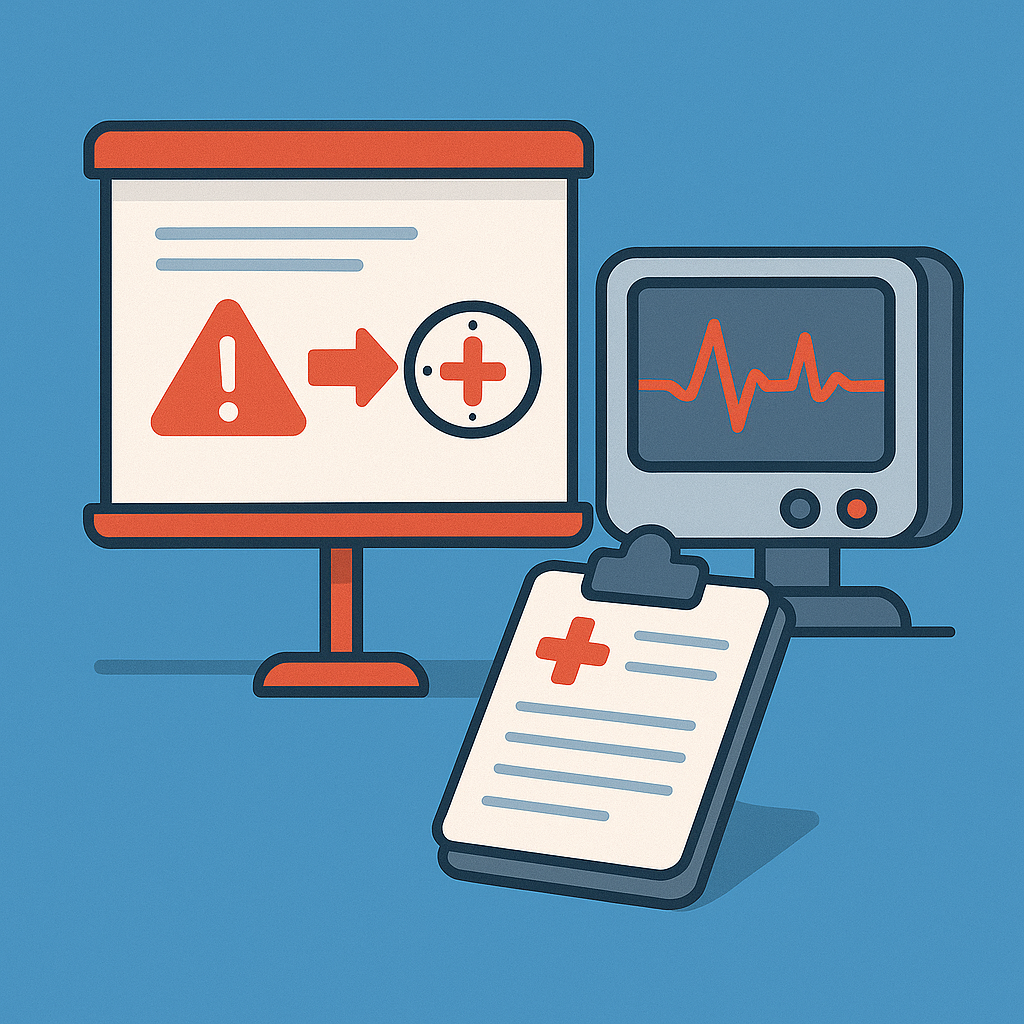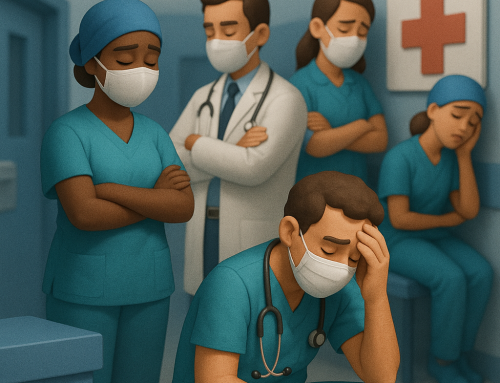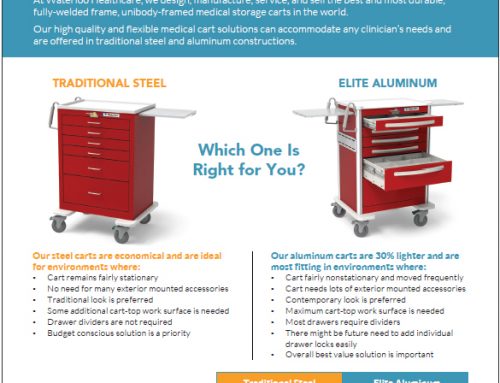From Crisis to Future Preparedness
Health care emergency response has drastically changed over the past several decades, mostly due to the lessons learned from critical incidents, technological advances, and evolving patient care standards.
Healthcare facilities that want to evolve quickly need to understand healthcare’s evolution more fully. Analyzing history gives us a clear view of future challenges that may emerge.
Emergency response protocols are the backbone of healthcare crisis management, and they can quickly determine how effectively medical teams can respond to life-threatening situations. These protocols have evolved through trial and error and continuous improvement based on real-world experiences and evidence-based research.
In this article, we discuss the historical background of healthcare, the rise of emergency response systems, technology integration, modern healthcare practices, and future predictions.

Healthcare Crises from the Past
Over 100 years ago, during the 1918 influenza pandemic, healthcare systems made drastic changes to account for the surge capacity planning and isolation procedures the disease caused. Most hospitals stayed afloat, but those that survived rapidly adapted their physical spaces and workflows to accommodate overwhelming patient volumes.
The polio epidemics in the 1940s and 1950s added another challenge. Healthcare facilities needed equipment with greater mobility and demanded increased resource allocation. Iron lung machines were bulky and needed to be moved quickly between wards, leading to innovations and medical equipment transport that would later influence modern crash cart design and emergency response logistics.
Hospital fires in the mid-20th century, such as the Cleveland Clinic fire in 1929, spearheaded yet another fundamental change in healthcare facilities. Emergency evacuation procedures were implemented in nearly all healthcare facilities.
The emergence of HIV/AIDS in the 1980s required updated infection control protocols and personal protective equipment standards. Healthcare facilities had to rapidly change emergency response procedures to accommodate exposure incidents that wouldn’t compromise the high-quality patient care patients required.
These tragedies led to the development of comprehensive emergency response protocols that prioritized patient safety and maintained critical care capabilities during crisis situations.
The Rise of Standardized Emergency Response Systems
The 1990s marked a pivotal shift towards standardized emergency response protocols across healthcare systems.
Advanced Cardiac Life Support (ACLS) protocols and guidelines were quickly put in place to provide healthcare teams with evidence-based procedures that could be implemented consistently across different facilities and situations.
Code team protocols also became increasingly sophisticated during this time. Basic cardiopulmonary resuscitation and emergency response systems became far more complex. Health care facilities began recognizing that effective emergency response required more than clinical expertise. Advancements came with well-organized equipment, clear communication protocols, and systematic approaches to crisis management.
The next decade resulted in the introduction of rapid response teams. September 11th, 2001, forced healthcare workers to take a critical look at emergency preparedness initiatives. After that event, healthcare facilities dramatically changed their approaches to large scale emergency response. The shift primarily focused on early intervention and prevention, identifying patients at risk for clinical deterioration before full cardiac arrest.
A more proactive approach required healthcare facilities to implement new protocols for early warning signs and rapid team mobilization.
Medical emergency carts also evolved along with these protocol changes. Tools and equipment became more specialized and better organized to support different emergency responses.
Technology Integration and Protocol Enhancement
The digital revolution provided an opportunity for rapid growth within emergency response. Electronic health records allowed for faster access to patient information during emergencies, and computerized physician order entry systems meant a reduction in medical errors during high-stress situations.
Automated external defibrillators (AEDs) became more commonplace in healthcare facilities and required their own protocols for integration. The changes required healthcare teams to quickly adapt to the new protocols, which simplified other aspects of cardiac emergency response.
As communication technology improved, emergency response teams became more coordinated during crises. Pager systems evolved into sophisticated communication platforms that could instantly alert team members while providing real-time updates about patient status and resource availability.
Modern Emergency Preparedness Standards
Contemporary emergency response protocols now focus on comprehensive preparedness. While in the past, individual patient emergencies could outrank facility-wide crisis management, new technology allows healthcare workers to focus on both.
Current protocols integrate multiple emergency response levels, from individual patient care to mass casualty incidents and natural disasters. Healthcare facilities now prioritize resource allocation, staff deployment, and equipment management during extended crisis situations.
Infection control protocols have also drastically changed. The SARS outbreak of 2003 and the H1N1 pandemic of 2009 allowed healthcare facilities to develop comprehensive protocols for rapid isolation, personal protective equipment deployment, and patient flow management during infectious disease emergencies.
Future Directions in Emergency Response
Since the advent of artificial intelligence and machine learning technologies, emergency response protocols will likely make even more drastic changes. Predictive analysis can provide health care facilities with information on potential emergencies before they occur. Automated decision support systems could also enhance clinical decision-making during high-stress situations.
For those outside of traditional healthcare facilities, telemedicine integration could play an increasingly important role in emergency response protocols. Remote consultation capabilities could make it possible to support local emergency response teams during critical situations.
The future also looks bright for ease of training in new health care facilities. Advanced simulation technologies provide a basis for continually improving emergency response training and protocol development. Virtual reality and augmented reality systems can provide a more realistic training environment for healthcare teams, allowing them to practice complex emergency scenarios safely.
As technology becomes more integrated into patient lives, mobile health technologies and wearable devices will also likely radically improve real-time patient monitoring.
Conclusion
As facilities continue to improve the quality of protocols, technology can make critical issues easier to address. Regular protocol reviews, simulation exercises, and performance evaluations are the best way to continually enhance and refine protocols.
Healthcare facilities that invest in robust emergency response protocols will have the highest quality of care in the most challenging situations. As protocols evolve, healthcare facilities that remain committed to continuous quality improvement processes and identify weaknesses before they become critical issues will remain the most viable facilities for future challenges.
With over 50 years of manufacturing expertise, Waterloo Healthcare provides the durable, customizable medical carts that healthcare facilities depend on during critical situations. Our crash carts, anesthesia carts, and specialized emergency response equipment are built to perform reliably when it matters most.






